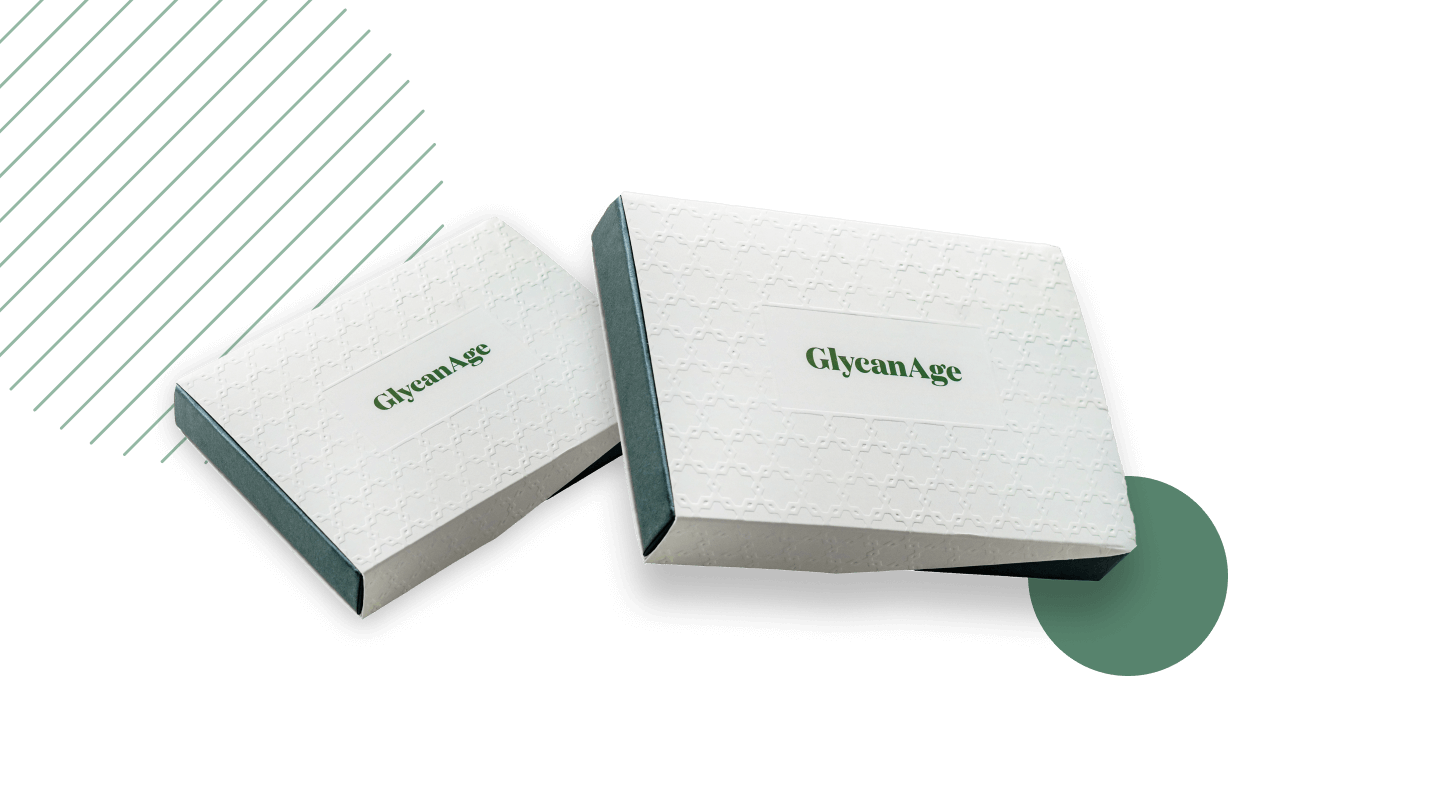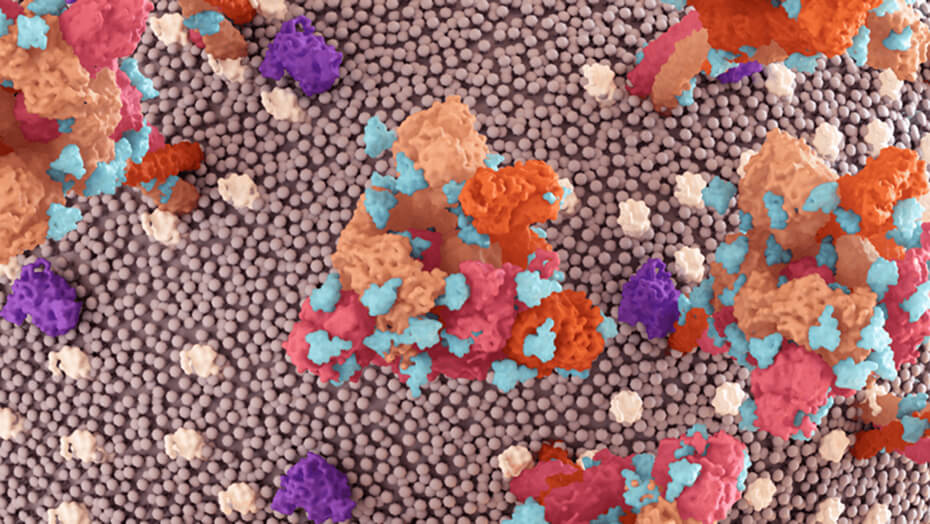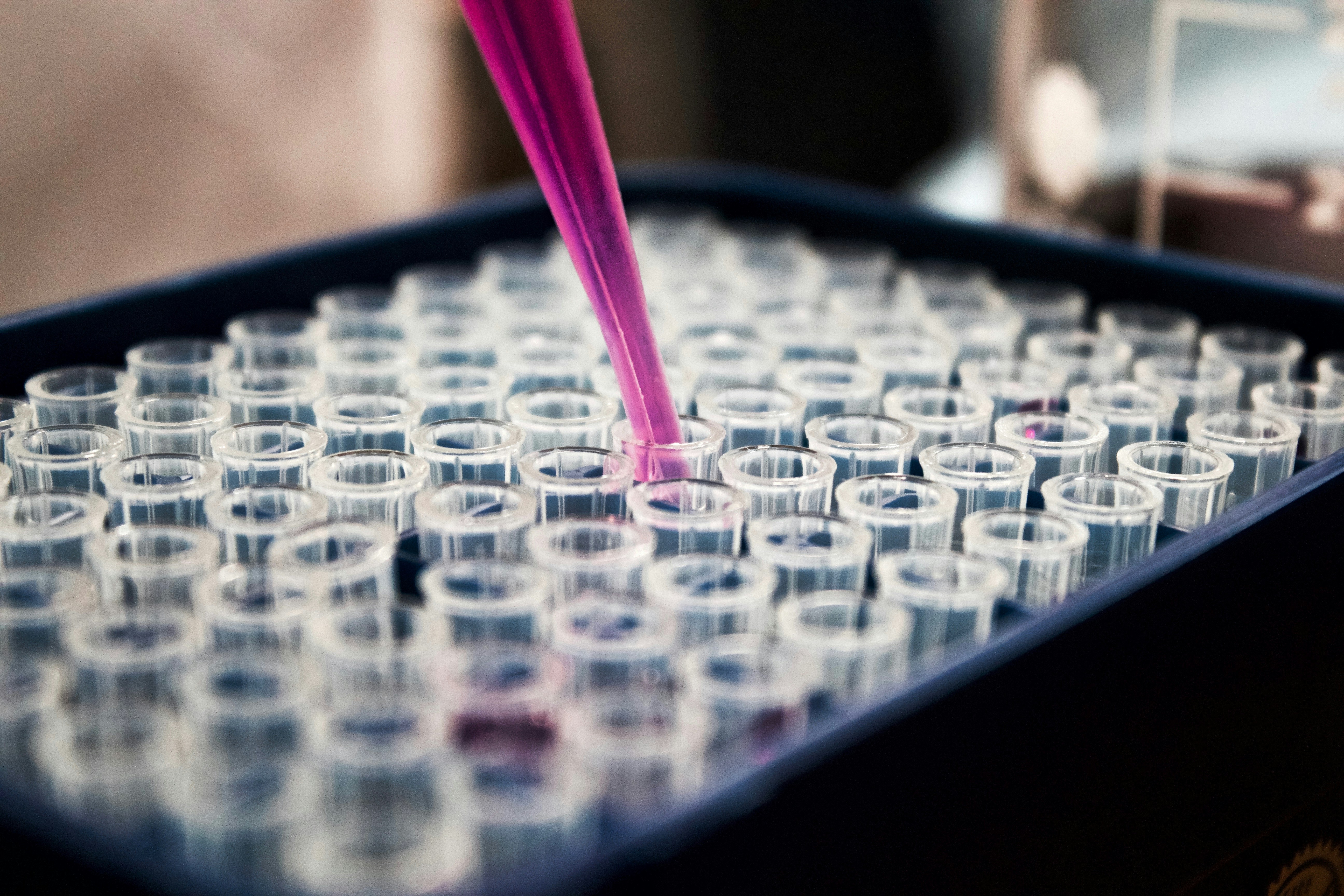Intestinal Microbiota and Glycosylation

One of the key players in maintaining gut microbiota homeostasis are glycoproteins called mucins.

The human colon is extensively colonized with bacteria, fungi, and viruses. This colony of commensal, symbiotic and pathogenic microorganisms remains stable throughout the years but can change in some diseases (e.g., inflammatory bowel disease, HIV infection) and as a result of different environmental factors (e.g., diet, antibiotics usage). For example, it was shown that microbiota is less stable in inflammatory bowel disease patients compared to healthy individuals.
One of the key players in maintaining gut microbiota homeostasis are glycoproteins called mucins. Mucins are heavily modified by a process of glycosylation with O-glycans (sugar molecules bound to an oxygen (O) atom of specific mucin amino acids). Mucin glycoproteins cover epithelial barrier of our gastrointestinal tract forming a mucus layer. This intestinal glycome (a layer of sugar structures and glycoconjugates) reinforces epithelial barrier and is responsible for proper mucosa functionality. Mucin O-glycans provide digestive tract lubrication, serve as food for commensal and pathogenic bacteria and prevent gut microorganisms crossing the epithelial barrier causing inflammation.

Intestinal microbiota and mucin glycosylation are interconnected in a dynamic way of constant feedback from both directions. On one hand, mucin glycosylation influences the composition of intestinal flora, and on the other hand, intestinal microbiota affects differential glycosylation of mucins and proper mucus layer formation.



